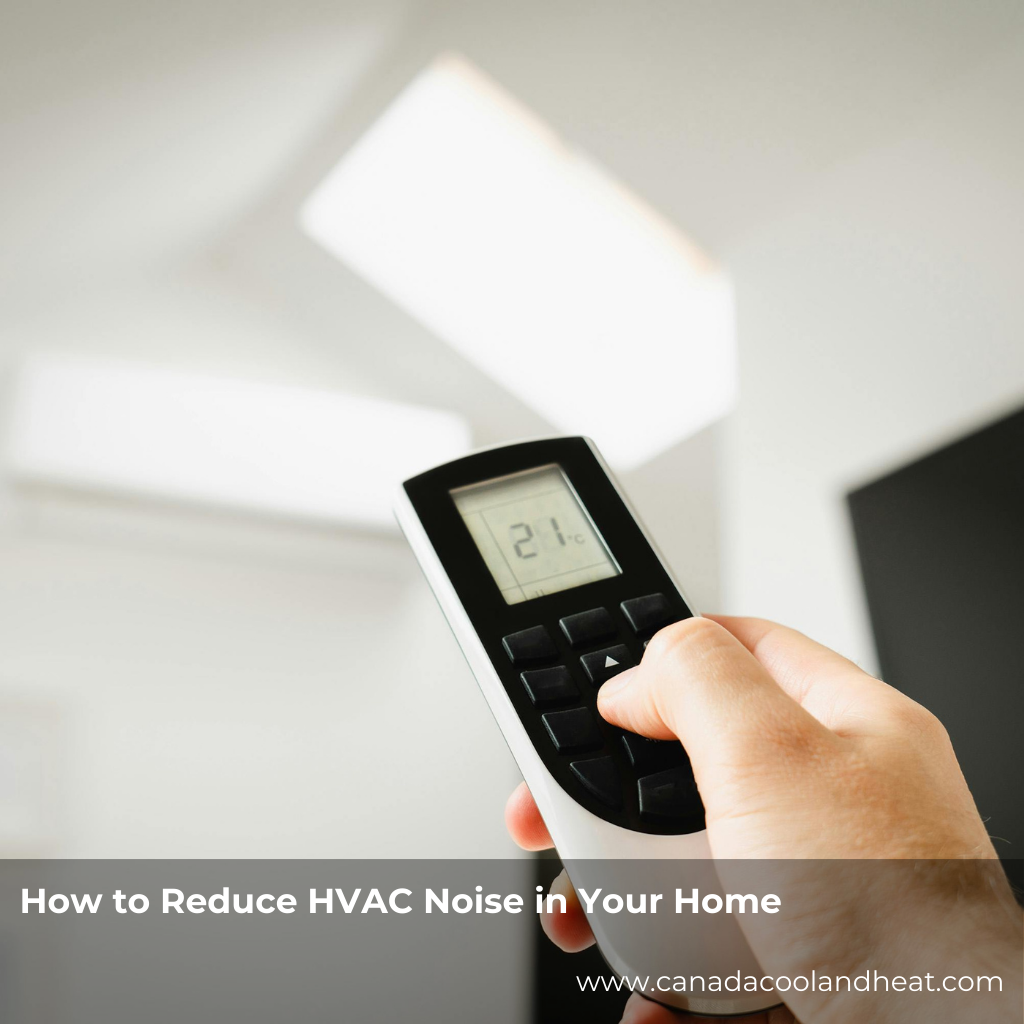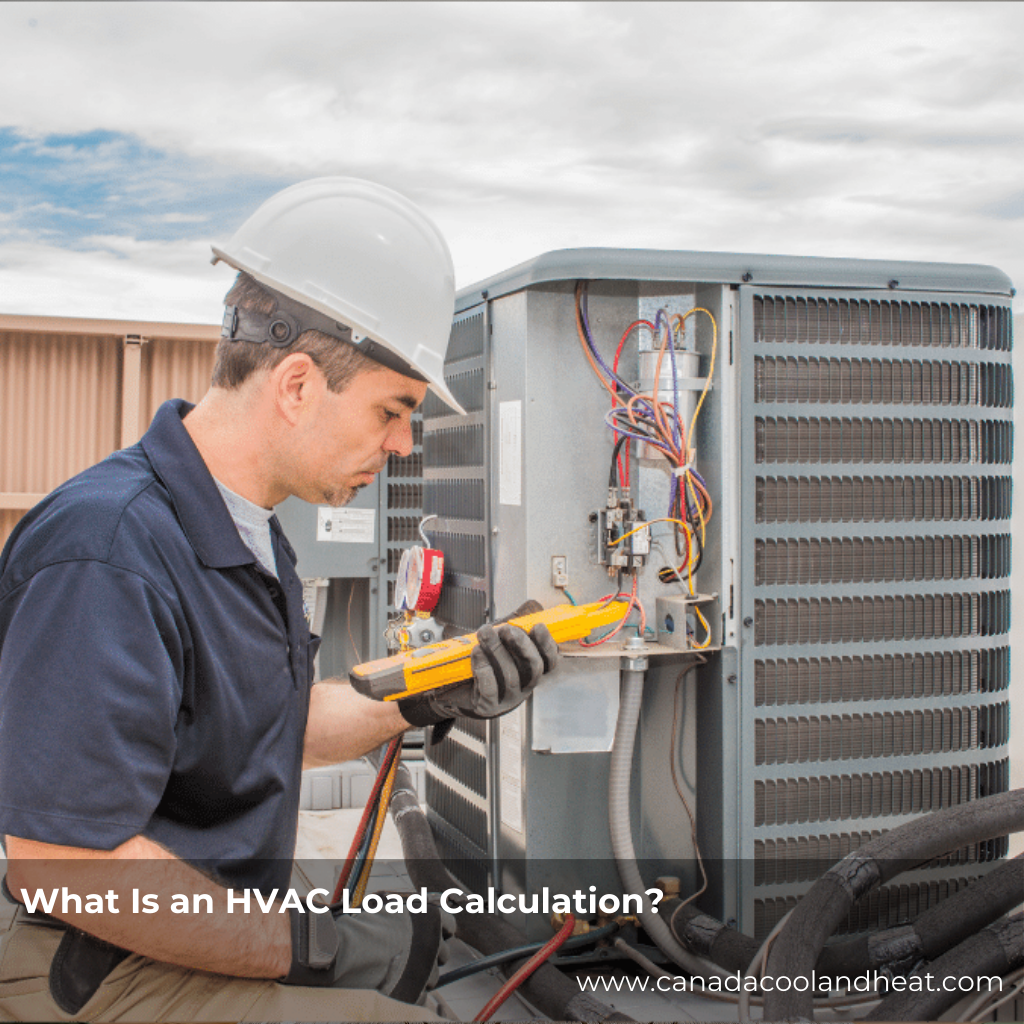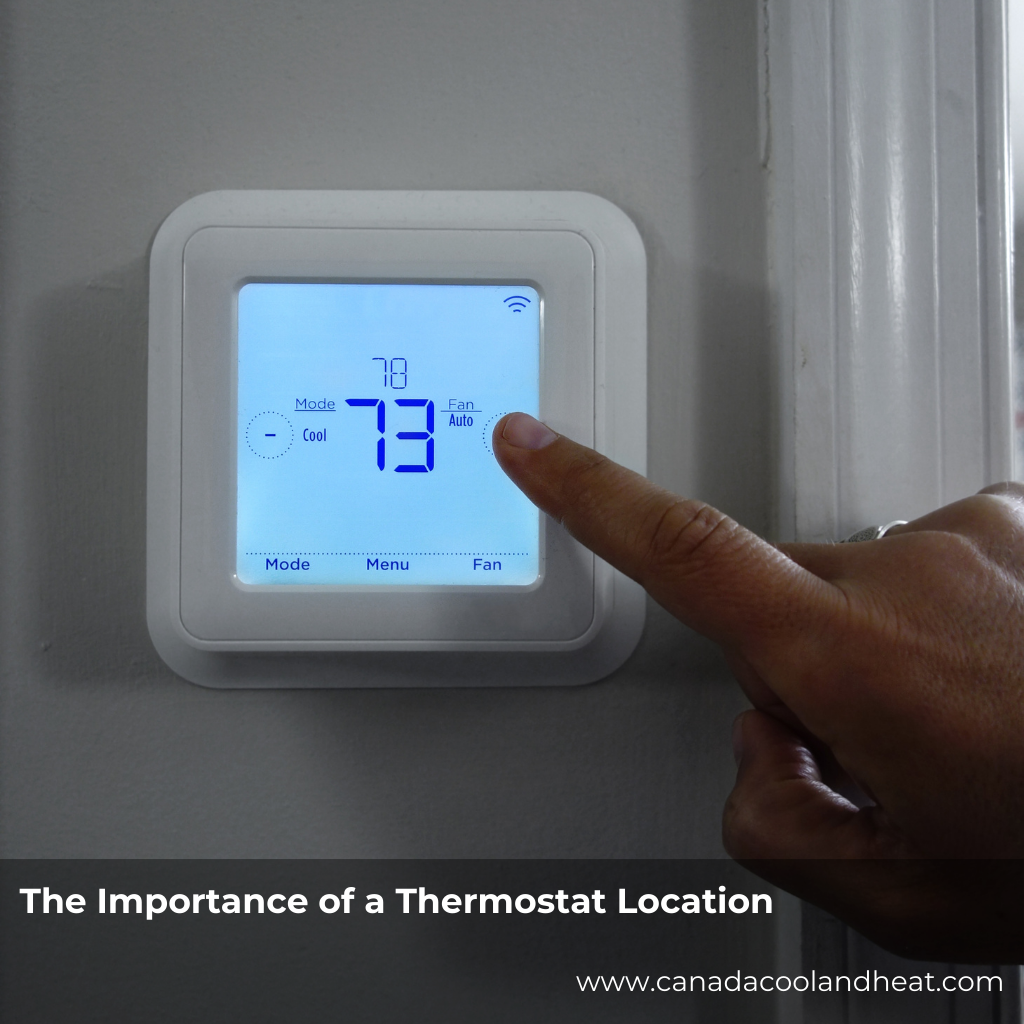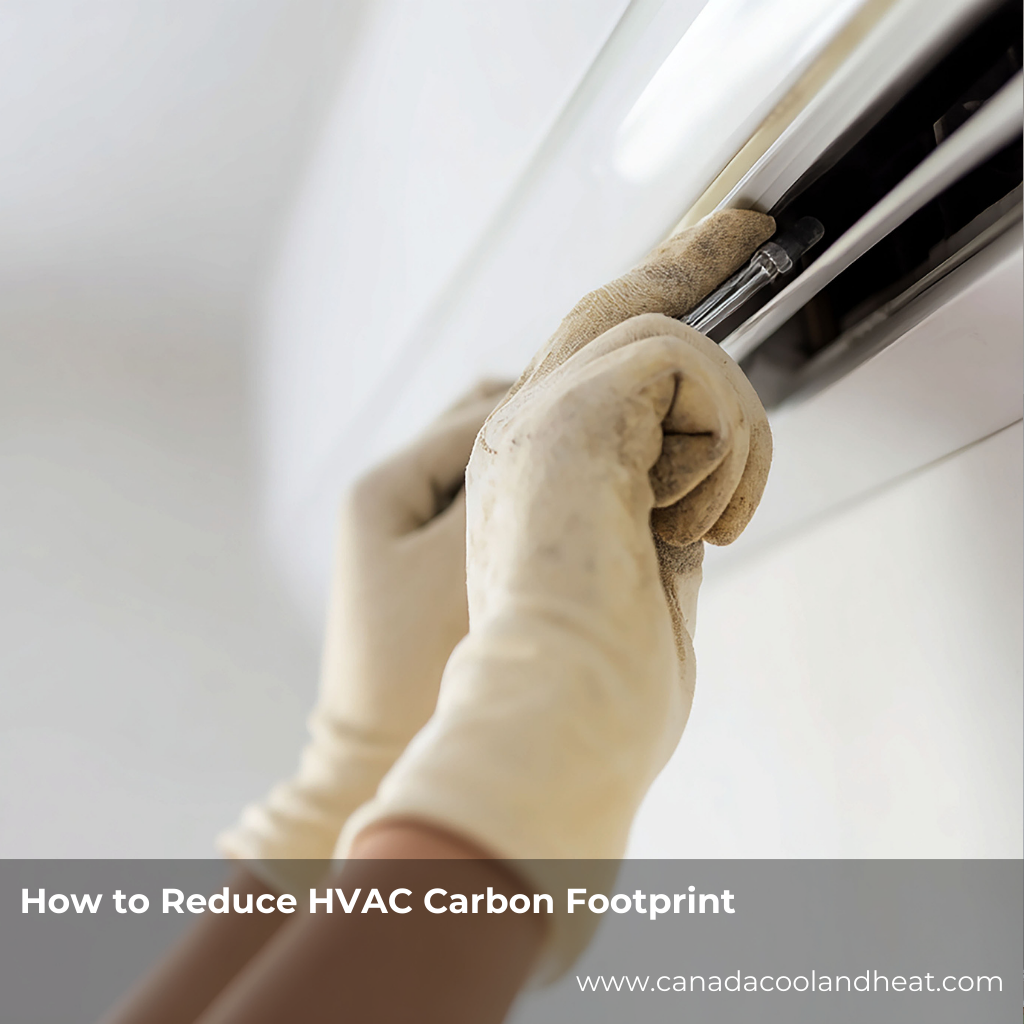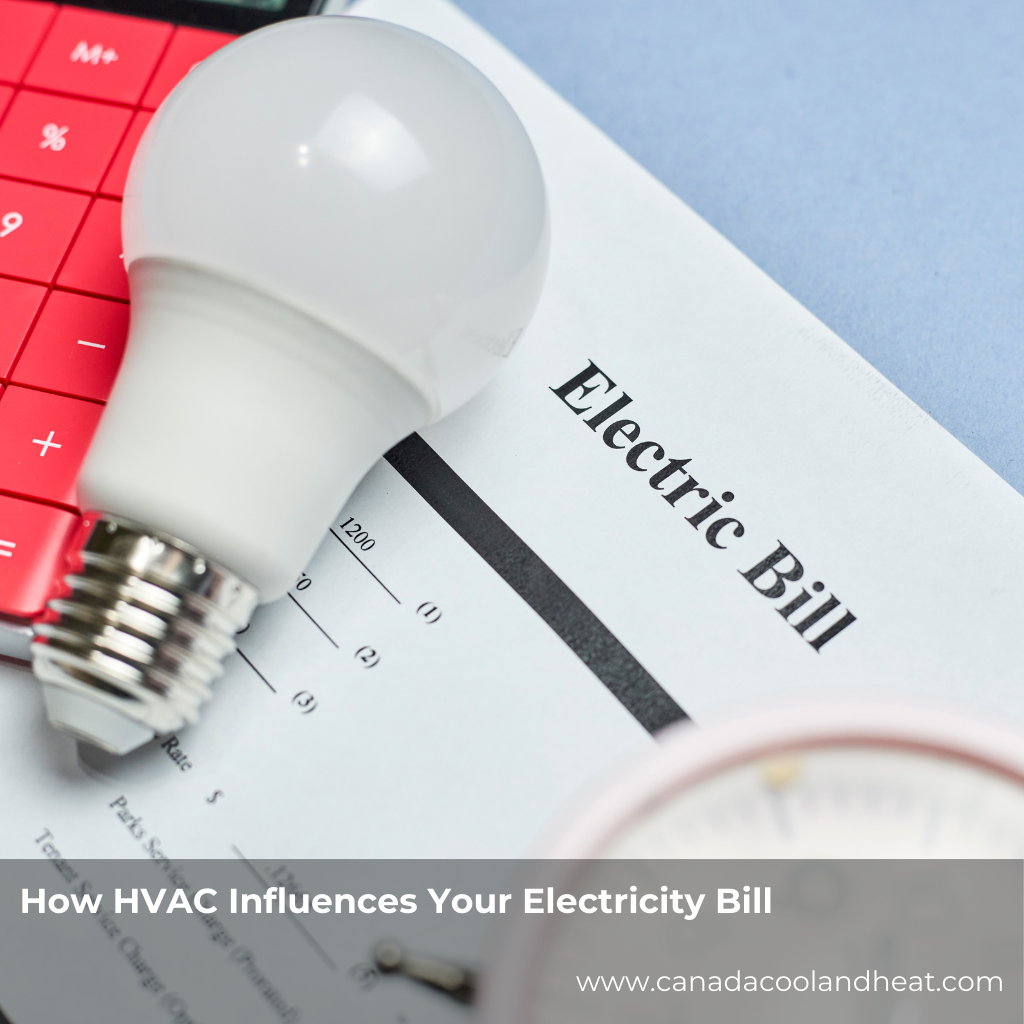Why Proper Kitchen Ventilation Matters
Cooking—especially with gas ranges—releases heat, moisture, grease, and tiny airborne particles into your home’s air. Without proper ventilation, these linger in the kitchen and can spread throughout your home.
A quality vent hood does more than just whisk away the smell of last night’s fried fish. It:
-
Removes excess moisture to prevent mold and mildew
-
Filters and exhausts grease particles before they stick to walls and cabinets
-
Improves indoor air quality by venting harmful combustion byproducts
-
Keeps surfaces and your HVAC system cleaner
However, the wrong hood—or an improperly balanced one—can create problems for your HVAC system.
How Range Hoods Affect HVAC Balance
Your home’s HVAC system is like a set of lungs. It brings in fresh air, circulates it, and exhausts stale air. When you flip on your range hood, it’s like asking those lungs to exhale more forcefully—and sometimes without enough fresh air coming back in.
Here’s what can happen:
-
Negative Air Pressure
High-powered vent hoods (especially those over 400 CFM) can pull a lot of air out of your home. Without adequate makeup air, the pressure drops, forcing your HVAC to work harder and sometimes pulling air in through gaps and cracks—along with dust, pollen, and outdoor noise. -
Vent Noise Amplification
When your HVAC ducts are under strain from pressure imbalances, the airflow through vents can get louder. You might hear whistling, humming, or rumbling noises. -
Reduced Comfort and Efficiency
A constantly unbalanced system may cause uneven heating or cooling, meaning your kitchen could be freezing while the rest of the house feels stuffy.
Sizing Guidelines for Range Hoods
Choosing the right range hood size and power isn’t just about looks—it’s about balance.
1. Match Width to Cooktop
-
The hood should be at least as wide as your cooking surface (ideally 3 inches wider on each side for maximum capture).
2. Calculate CFM Needs
-
Gas cooktops: 100 CFM per 10,000 BTUs of burner output.
-
Electric cooktops: 100 CFM per foot of cooktop width.
-
For high-output ranges or frequent high-heat cooking, you may need more.
3. Makeup Air Requirements
-
If your hood is rated over 400 CFM, many building codes require a makeup air system to introduce fresh air and prevent negative pressure.
4. Duct Size Matters
-
Undersized or overly long duct runs increase noise. Follow manufacturer recommendations for duct diameter and keep runs as short and straight as possible.
Quieting the HVAC After Installing a Range Hood
If your kitchen exhaust is making the rest of your home noisier, here’s how to fix it:
-
Install a Makeup Air System: This balances pressure and reduces strain on your HVAC ducts.
-
Upgrade Ducting: Smooth metal ducts, properly sized and insulated, reduce turbulence and noise.
-
Check Vent Dampers: Ensure they open and close freely to avoid rattling.
-
Adjust Fan Speeds: Sometimes, simply running your range hood on a lower setting for most cooking will reduce noise significantly.
-
Seal Air Leaks: Around windows, doors, and duct joints to prevent unwanted air infiltration.
Real-Life Example: Emma’s Fix
Back to our pancake-maker Emma—her 600 CFM hood was pulling air out faster than her small home could replace it. After consulting an HVAC professional, she added a makeup air damper connected to her furnace’s return duct. The result? Fresh-smelling pancakes, no drafty hallways, and the living room vents went blissfully silent.
Conclusion
A well-chosen, properly installed vent hood HVAC kitchen setup keeps your home’s air clean, your HVAC system balanced, and your mornings peaceful. By understanding how ventilation affects pressure, airflow, and noise, you can make smart choices that benefit both comfort and efficiency.
Whether you’re remodeling your kitchen or simply upgrading your range hood, remember: ventilation isn’t just about moving air—it’s about moving it right.
FAQs
1. How do I know if my range hood is too powerful for my home?
If you notice drafts, whistling vents, or your HVAC system running more often after installation, your hood may be creating negative pressure.
2. Can a ductless range hood cause HVAC noise?
Not usually—ductless hoods recirculate air instead of exhausting it. However, they don’t remove moisture or gases as effectively.
3. Do I always need makeup air for my vent hood?
If your hood is over 400 CFM, building codes often require it. Even if not required, it’s wise for system balance.
4. What’s the quietest type of range hood?
Remote or inline blower systems place the fan motor farther away, often in the attic, reducing kitchen noise.
5. Can my HVAC contractor install a makeup air system?
Yes—most HVAC pros can integrate makeup air with your existing ductwork.
6. How often should I clean my range hood filter?
For most homes, every 1–3 months. More frequent cleaning is needed for heavy cooking.
7. Will a larger duct make my range hood quieter?
Yes—oversized ducts reduce airflow resistance, lowering turbulence and noise.
8. Can I run my range hood while the HVAC is on?
Yes, but make sure your system has balanced airflow to avoid pressure issues.

